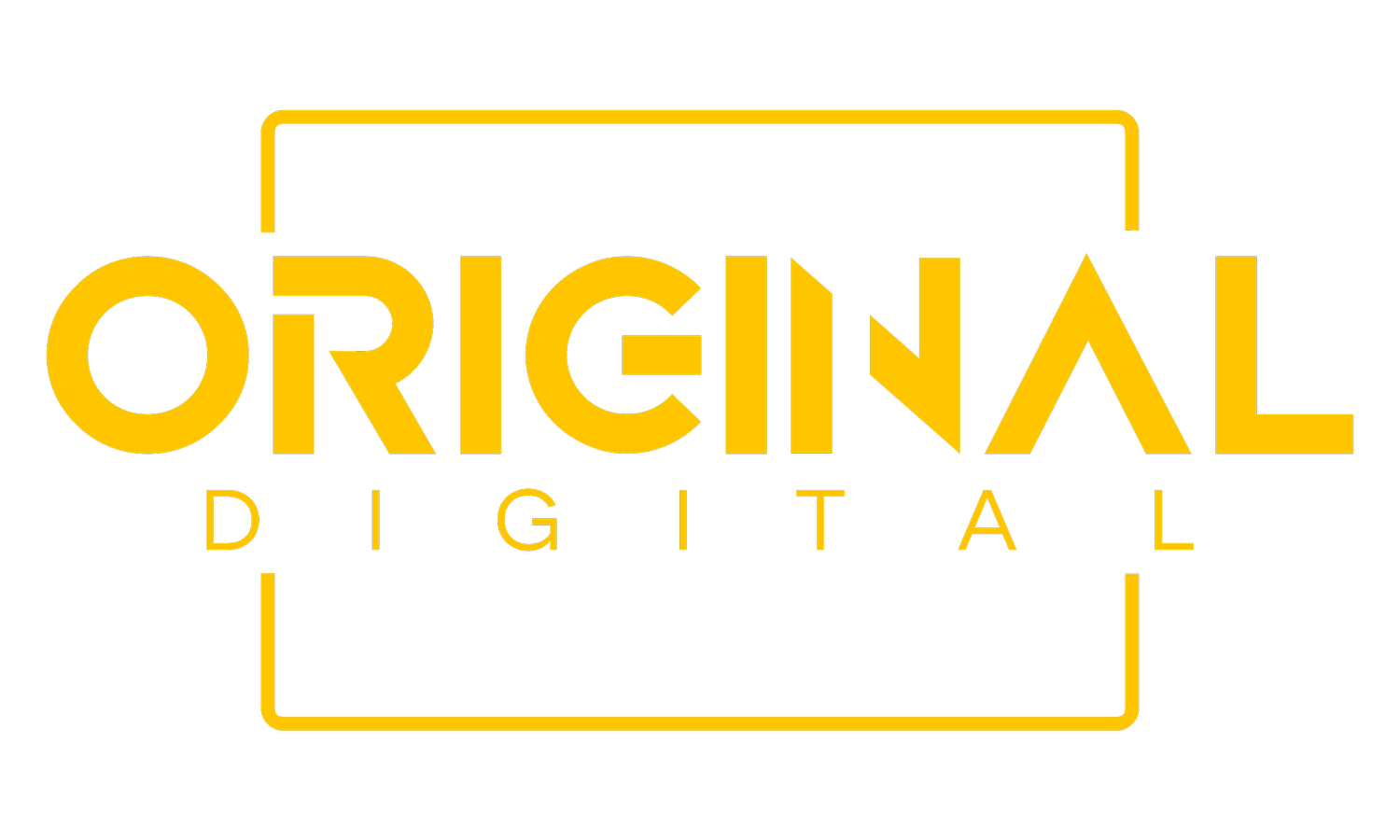What It Means To Be An OD
Original. Digital. These two words are important. They mean something when you put them together, but they also mean something individually. That’s why I selected them as the name for this newsletter. At first, I wanted to coin the term “OD” in the same way as “OG” (for those of you of a certain age). Being an “OG” refers to being an “Original Gangsta”, and was spirited in the good ole days of gangsta rap, by Ice T. Being an OD was intended to be an ode to that golden age of hip hop, but also to the golden age of Internet and Digital advertising, and the people who made it amazing. I've had the pleasure and honor of working with many of them, knowing them well, even interviewing them in my first book, “Internet Ad Pioneers” (available on Amazon).
As I’ve been writing this column, the meaning has changed for me. Being an OD isn’t about how old you are, or when you got started in the tech industry. Being an OD means you’re an Original Digital Thinker. You think differently than others. You have a healthy respect for the status quo, but a disdain for maintaining it. You can be an OD simply by doing things differently. Being an Original in the Digital world.
Over the coming months I’ll be launching some new extensions of the OD newsletter. These will include some regular segments focused on Original ideas in various ares of business and life I find interesting. I’ll also be sure to infuse more of “me” into the newsletter as well. Hopefully you won’t mind reading it. One thing I’m very excited about is a series of short video interviews of people I think are Original Digital souls. You can look forward to that in the next month or two as I get those up and running. Those will be unique takes on thinking differently and will feature people who I’ve uncovered who can’t help but be different naturally.
In the meantime, I want to leave you with a few thoughts…
THE BEAUTY OF DOWNTIME PROCESSING (IN YOUR BRAIN)
Do you ever turn off?
I rarely do, and as my family will attest clearly, I’m the worst at relaxing. Many people are able to turn off their day, close their laptop, and move from work-mode to home-mode. Personally, I can’t do that very well. I see two stages to my day. Those are “Uptime” and “Downtime”. Uptime is when you’re “on”. It’s when you’re firing on all cylinders, focused on a to-do list, taking meetings and calls, and pushing forward with work or other singular pursuits. Uptime happens during the working hours, sitting or standing at my desk, engaged in the moment. Downtime is what happens when I get away from my desk. I go for a walk, I exercise, I go for a drive. There are certainly varying degrees to Downtime, but the consistent fact is that in Downtime, the back of my brain is always processing. The challenges of the day are back there, and they’re on minimal support, but they are still on. Downtime is, for me, when some of my best ideas come to be developed because I’m not constrained by the immediate challenge of the day and my brain will tackle something from a completely different angle. It’s almost subconscious. I may be in the shower, or gong to pick up my kids from soccer, and an idea will percolate up. I ask Siri to write myself a note or a reminder using voice AI, and I move on. The Reminders app on my phone has become one of the most important apps in my arsenal because I can capture the foundation of an idea, get it saved, and get back to it later.
The ability to process things in the background may seem like multi-tasking, or distraction, but for me it’s actually calming. I don’t have to worry about forgetting something important. I know that at any moment, a random thought that could lead to a solution, or an idea that gets me further down the path, won’t be lost. To me, that allows my downtime to be productive and even maybe a little relaxing. I can still focus the foreground of my thoughts on the moment, being with my family or friends, but I never lose an idea that may have gestated, and popped up out of the ether. It allows me to connect dots that I otherwise wouldn’t have seen. The beauty of downtime processing is that you give ideas the time and space they need to suffice on their own. You don’t force them. You aren’t constrained. A change of scenery may be all that was needed for a breakthrough, and you give the ideas the space they need to become real.
So the next time you’re struggling with an idea, simply get up and go do something else. Give yourself the space, and acknowledge that maybe the Uptime is not the right time to find that solution. Give yourself some space, drop into some Downtime, and let your brain process on its own schedule. You might surprise yourself!
